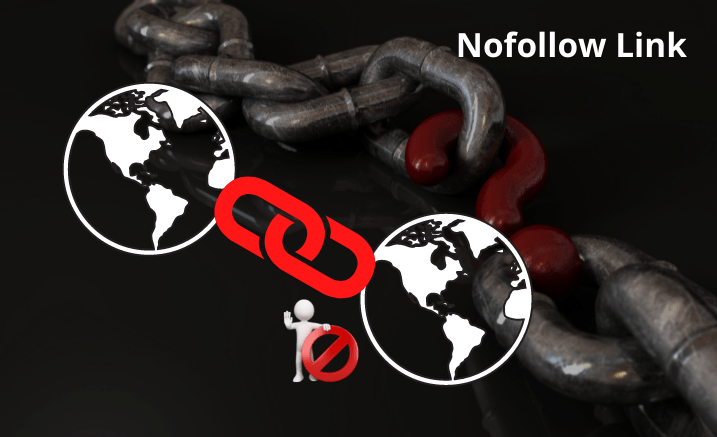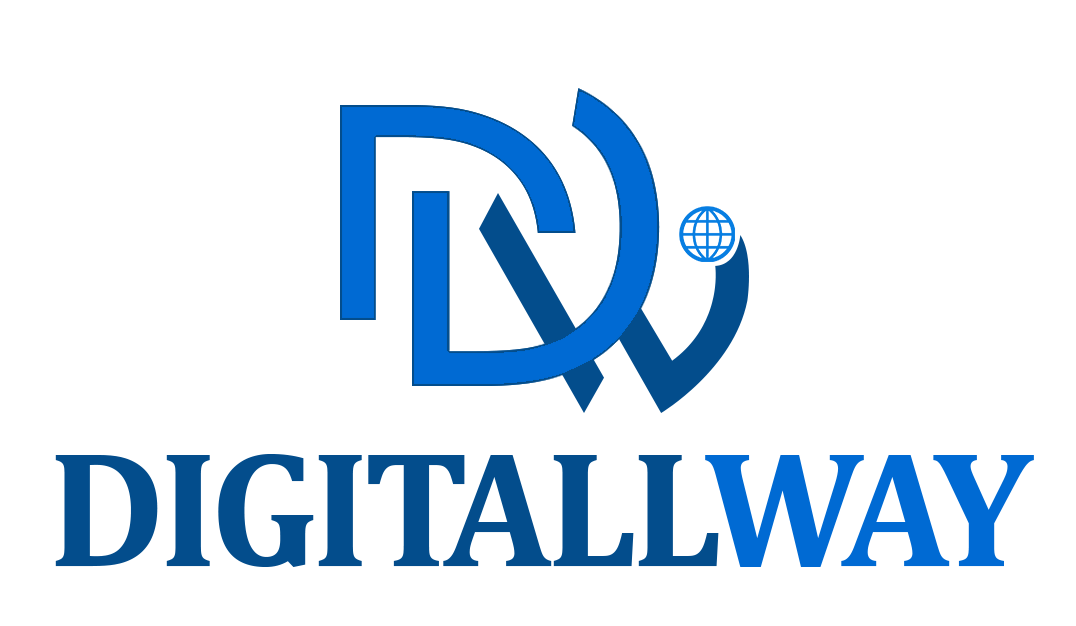Mostly people think dofollow and nofollow links have the same functionalities in linking websites, but that is not true. When one site links to another, there are two ways to link to that site. The first method is dofollow links, and the second method is nofollow links. Although these two links serve the same purpose of backlinking the source website to the destination website, they tell the search engines two different things. Let’s talk about the differences between dofollow and nofollow links
To understand the difference between dofollow and nofollow links, you must first understand how to create links in SEO. We refer to what happens whenever a website or blog gets a new link that can increase its ranking on Google. Just as new content on your blog increases your chances of finding your audience, we can say that each new link increases your chances of getting more visitors and improving your search engine rankings.
However, when Google’s algorithm recognizes the number of incoming links provided by your website, it automatically recognizes that if many people are linking to this blog, it must be accurate۔ Therefore, it should rank high in search results.
Difference Between dofollow and nofollow links
Dofollow links | Nofollow links |
 |  |
What is a Dofollow Backlink?Dofollow links allow Google and other search engines to index your site or blog. So, whenever you put a dofollow link on your website, you can show it, which increases your authority by showing the search engines which website, blog, or other text you link to. Some users call it link juice, and it comes from Google PageRank. So, when you add inbound links to your blog, make sure they come from authoritative sites, as this is very important for strengthening your blog. The main difference between dofollow and nofollow links is Dofollow links are links that help SEO through the power of the source on the destination site. This energy transfer is called “data flow.” Getting backlinks from Dofollow will help you improve your site ranking or domain ranking, which will help you improve your keyword ranking. Dofollow links are used by default, so you do not need to specify rel = “do follow” when linking to your site. Here’s how they work.PageRank is a weight classification that uses links to ranking points. The more points you get, the higher your site ranking will be, and your SEO will be better. Digital marketers often refer to themselves as “link streams” because they can “flow” through well-structured websites. Achieving these points is a priority for any website owner. This problem? Almost immediately after its appearance, scoring points on all fronts has become a strategy for many fraudsters. This is the easiest thing to do. Comment on popular posts on the site with links to client sites that promote your profile. The higher the credibility of a linked site (such as a reputable merchant or media outlet), the higher the links flow. By default, this link is “dofollow.” They ask search engines to return links to your homepage and increase your page rank. To solve the problem of unwanted link development, a “no follow” link was created. Webmasters can add HTML tags to any link on their site to tell search engines not to return or promote the link. Go to your site. Today, dofollow links are still an important part of your SEO strategy. Getting backlinks from authoritative sites can boost PageRank and make your brand stand out. On the other hand, importing nofollow links gives webmasters more control | What is a Nofollow Backlink?Difference between dofollow and nofollow links is you can add links instead, but they will not fallow. This is called a no-follow link. They do not increase your page rank or help you rank higher in the SERPs. Sites with “no-follow” links contain HTML templates similar to rel=”nofollow”>. These tags are a warning to search engines not to consider when ranking relevant links on their site. The no-follow link is a link to a website that cannot be linked. These links are not for SEO. To create a nofollow link, add rel = “nofollow” to the code when linking to the site. How Do You Check If a Link is Nofollow?Here’s how to check if a link is nofollow.
What Types of Links Are Nofollow?Any link marked Nofollow is technically a nofollow link. But, in general, the connections from these sources do not end there.
These popular sites use the rel = “no follow” tag for all outgoing links.
There are other types of links that should not be followed. |
How to Make a Dofollow Link
In most cases, it is not necessary to create dofollow links. If your site links to other sites, they do not want to include nofollow tags; search engines will visit your page and improve your overall page rank. That’s what happens if you link to your site. For example, you can add links from other authorized sites to your content. Allow search engines to return these links.
If other brands want you to link to pages or manage comments on their blog, you can automatically enable nofollow tags or make sure all links are included. There are no follow tags. This is especially true if other links lead to low quality or high keyword content, as this can be misleading to your site. In dofollow and nofollow links, Dofollow is great for external links to authoritative websites that host your web pages. Links to posts outside of your website or comments on your content should only be used if the external link is accurate and relevant.
Should I follow external links?
The answer here depends on two factors:
- Where does the connection go?
- What are the benefits of choosing dofollow?
Ideally, each do-follow link will redirect search engines to the right content and provide a “link stream” to your site and external sites. Sometimes it is a good idea to follow links, especially if you want to drive traffic to your site and to external sites that rank well on your site. Ideally, you may want to embed nofollow and dofollow links on your pages so that search engines do not see your content through gaining PageRank points.
How long will it take Google to recognize a do-follow link?
Although there is no immediate and definitive answer, due to many pages searched daily by search engines, Google recognizes do-follow links two to four days after they are posted. If your site has low traffic and you create or receive do-follow links from similar small pages, it may take longer to recognize those links. If you are lucky enough to get a link from a top site, you will see the benefits in just a few days. Dofollow links are still the key to SEO and search engine rankings, but they must be used strategically to reap significant benefits







